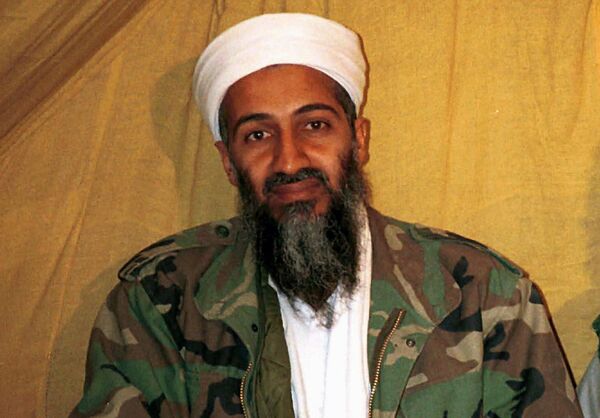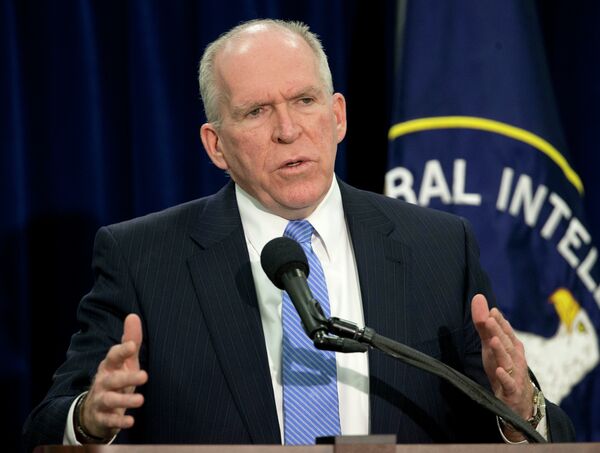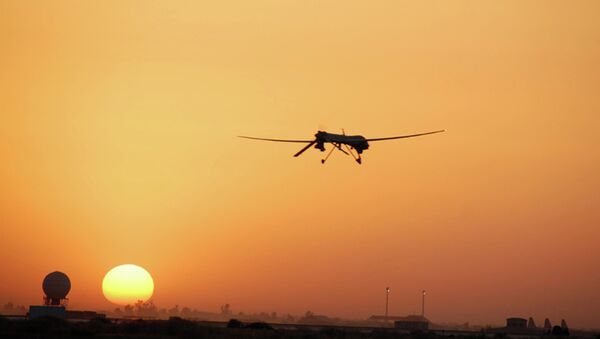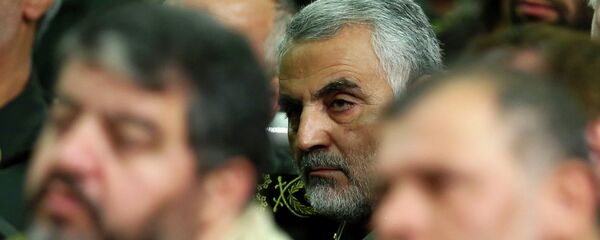The head of the CIA’s Counterterrorism Center (CTC) is known only by two names – Mike, his given name, and his agency-appointed alias, Roger. His full name will remain concealed until he is pulled from deep cover. Little else is known about the man. A stern individual with an impressive knowledge of terrorist networks, the man responsible for hunting down radical Muslim extremists is, himself, a convert to Islam.
"People were scared of him," an official told the Post. "Roger was the undertaker." He was also, purportedly, the inspiration for the character of "The Wolf" in the Oscar-winning film, Zero Dark Thirty.

After nine years on the job, Roger is being removed from his position by CIA Director John Brennan, and consigned to a new assignment within the agency. He will be replaced by a man known only as Chris, a former head of the CIA’s operation in Afghanistan, who is "just as aggressive with counterterrorism operations as the guy leaving," a form US intelligence official told the Washington Post.
"After nearly a decade of outstanding work in this post, including the takedown of countless terrorists and many other successes in protecting the country, he will be moving on in connection with the CIA modernization plan announced last month," CIA spokesman, Dean Boyd, told the Post.
During Roger’s tenure, drone strikes targeted – and killed – dozens of al-Qaeda leaders. But the campaign also killed thousands of civilians. Three days after President Obama took office, the CIA launched the first drone strikes of the new presidential administration. On that first day, 14 civilians were killed. Accidents like these have come under intense scrutiny by civil rights groups.
"We are killing these sons of b----es faster than they can grow them," Roger was quoted by an agency veteran.

Many critics – even some among the US intelligence community – have argued that the CIA’s paramilitary drone operations had distracted from the agency’s principal objective of espionage. Others pointed out that the covert nature of the agency allowed it to make military decisions without accountability.
"We’re seeing the CIA turn into more of a paramilitary organization without the oversight and accountability that we traditionally expect of the military," Hina Shamsi, director of the National Security Project of the American Civil Liberties Union, told the Post in 2011, during the height of Roger’s leadership.
Roger was also in charge of running the CIA's "black sites," the secret prisons used to detain suspected militants around the globe. Some attribute this association with the CIA's torture program as a reason for Roger’s inordinately long, nine-year reign. Officials speculated that such close ties with the darkest sides of the CIA underbelly had left him ineligible for other high-level positions within the agency.
These concerns allude to the continued and growing threat of the self-proclaimed Islamic State. Director Brennan has indicated a desire to return the agency to its roots in intelligence gathering, slowing down drone operations. A statement released earlier this month also displayed Brennan’s new focus on cyber strategies, and the hiring of a new Directorate of Digital Innovation.
"Our ability to carry out our responsibilities for human intelligence and national security responsibilities has become more challenging," Brennan said. "And so what we need to do as an agency is make sure we’re able to understand all of the aspects of that digital environment."
That leaves some concerned about the timing of the decision. With the Islamic State gaining influence, is this the best time to reassign the man responsible for tracking bin Laden?
But even with new leadership in the CTC, the CIA has given no indication that its drone operations will be scaled down under Roger’s successor.



